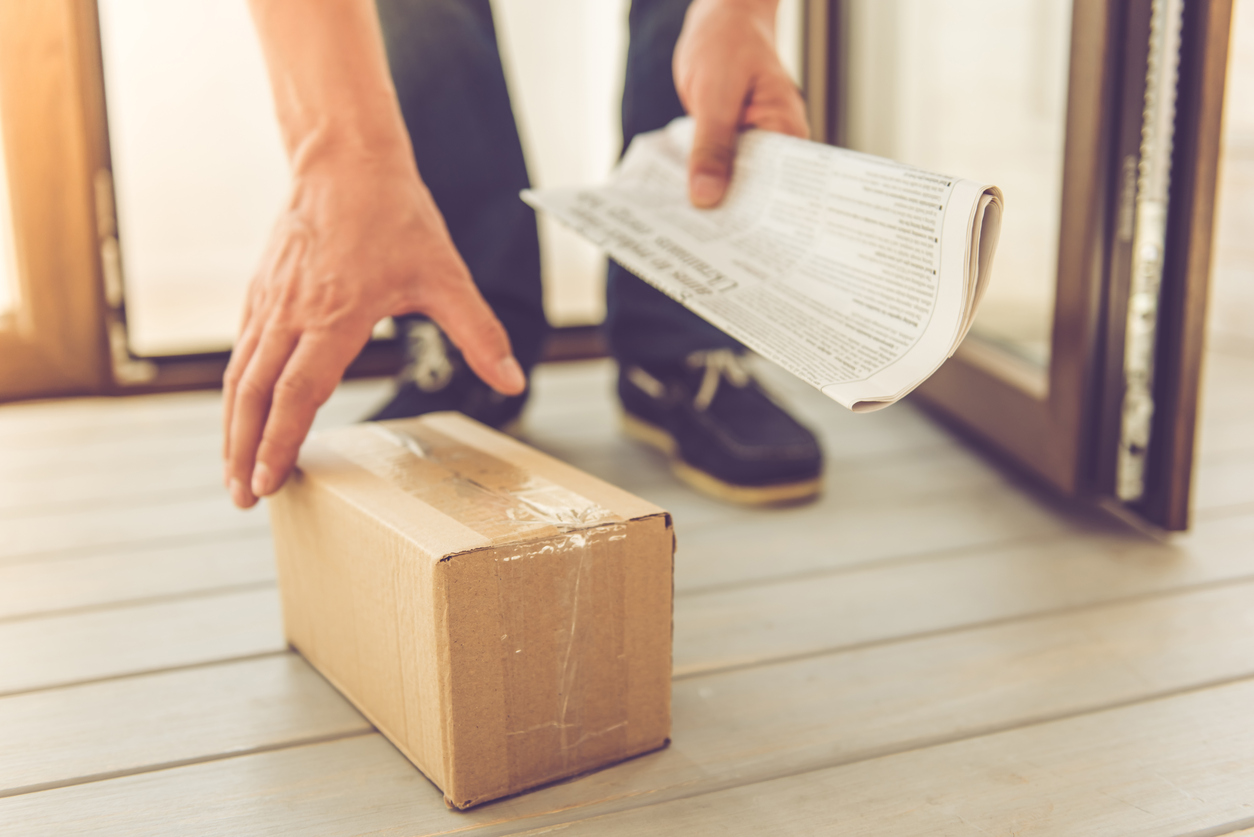When you ship your products are you confident that they’ll arrive safely? If you’re not shipping things out with the right protective packaging, your business’s reputation could be in danger.
There’s nothing worse than having the product you worked hard to produce arrive at its final destination damaged. Although the delivery service may have caused the damage, chances are your company is going to receive the blame in the customer’s eyes. This type of negative reaction can ruin your relationship with a customer, and it’s likely they may not order from you again.
In some cases you might be utilizing foam, packing peanuts, or other types of cushioning, but it may not be the proper form of protective packaging for your specific product. In order to provide your products with the ultimate protection, you need to ensure that your packaging is performing the way it should.
What’s the most important reason to ship your products with proper protection? Money! Broken products create unnecessary costs that drain your revenue. If you are continuously having to replace or refund damaged products, it may be time to rethink your packaging. The money you are saving by reusing cartons or shipping lighter packages might actually be costing your business more in the long-run. More importantly, you may be jeopardizing your reputation and causing the relationships you have with your customers to suffer.
Would you rather be known as the company who provides quality products or the company who makes unreliable products? It only takes a few negative reviews about damaged packaging to start impacting your sales. So how do you determine the most effective and efficient way to protect your product? We’ll go through some of the best options for shielding your products to ensure damage-free deliveries.
What Type of Protective Packaging Do Your Products Need?
It’s obvious that the more fragile your product is, the more internal packaging you’ll need to be sure nothing gets damaged during transit. But you also need to think about the components of the box you’re using and how it’s impacting your shipments.
Protective packaging isn’t just about what’s on the inside! While corrugated cartons are reliably strong, you may not be using the best box for your product. Your shipping boxes should be designed to create a snug fit around your product and minimize the amount of air-space in the carton. Less room to move means less room for damage.
Unfortunately there’s no “one size fits all” for shipping boxes. The weight and size of your product will help determine which carton style and board grade should be used to transport your products. Heavier products may require double or triple-wall corrugated boxes to ensure safe delivery, while lighter products can use single-wall cartons.
Reusing corrugated cartons may be an economical choice, however the risk of product damage greatly increases with each reuse. You can quickly compromise your product’s safety by packing it in a carton that has sustained multiple shipments. If you choose to reuse shipping boxes, be sure your product has additional internal packaging to protect it from damage during it’s journey to your customer.
Once you’ve looked at the shipping carton your packaging your product in, dive into what else is going inside. How you pack your boxes directly affects how your products will travel, and ultimately how they arrive to your customer. Is there additional air-space allowing your product to move around? If your product is fragile, it won’t take much to cause damage. Adding a simple void-filler will help ensure your product stays in place during transit.
If your product is in need of additional cushioning, using soft protection like Styrofoam packing peanuts can help absorb the blow if your package takes a fall. The more fragile your product is the more secure you’ll want it to be, so you might also consider wrapping it in bubble wrap to keep it safe. This is a smart option for products with sharper edges or pieces that could poke or rip through the walls of your box.
If you are packaging less fragile products that don’t require soft protection, including corrugated inserts can ensure your product stays in one place while it’s being shipped. If you have additional air-space in your boxes you can place these inserts around or next to your product to create a secure fit. The inserts will be able to absorb any sudden movements or falls to make sure your product avoids damage.
No matter what you’re shipping, it’s important to think of your packaging as a first impression, even for repeat customers. Don’t allow your packaging to look like it barely survived the journey to your customer! When your product shows up in protective packaging, it helps start your customer relationships off on the right foot. Take the time to make your packaging look prepared and professional with the help of a innovative packaging partner, and your customers will be further inspired to make additional purchases from your business.

